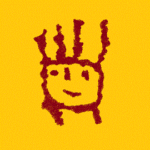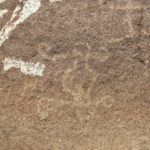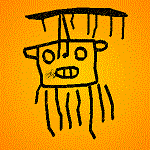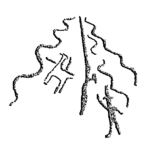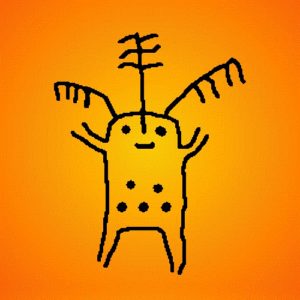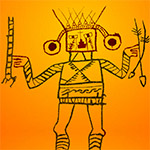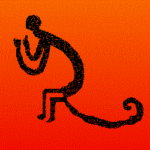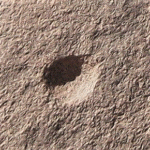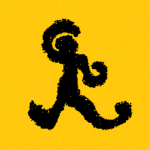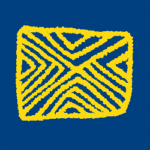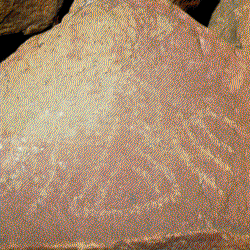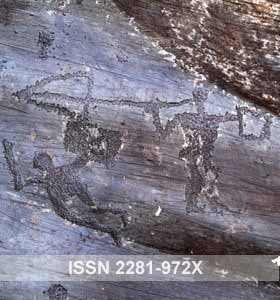 Toro Muerto es el sitio de arte rupestre más grande de los Andes, conocido desde 1953. En 2018, un equipo de investigación polaco-peruano inició el Proyecto de Investigación Arqueológica – Toro Muerto (PIA-TM) e inspeccionó una parte informada anteriormente, pero no inspeccionada en el extremo norte del sitio. Se llamaba Sector-X. Este estudio intenta analizar el arte rupestre del Sector-X considerando especialmente el estado del Sector-X dentro del Complejo de Arte Rupestre de Toro Muerto. Para lograr esto, mi estudio se enfoca principalmente en la ocurrencia y distribución de un petroglifo de un ave específico que es exclusivo del Valle Central de Majes en el sur de Perú.
Toro Muerto es el sitio de arte rupestre más grande de los Andes, conocido desde 1953. En 2018, un equipo de investigación polaco-peruano inició el Proyecto de Investigación Arqueológica – Toro Muerto (PIA-TM) e inspeccionó una parte informada anteriormente, pero no inspeccionada en el extremo norte del sitio. Se llamaba Sector-X. Este estudio intenta analizar el arte rupestre del Sector-X considerando especialmente el estado del Sector-X dentro del Complejo de Arte Rupestre de Toro Muerto. Para lograr esto, mi estudio se enfoca principalmente en la ocurrencia y distribución de un petroglifo de un ave específico que es exclusivo del Valle Central de Majes en el sur de Perú.
By Maarten van Hoek

